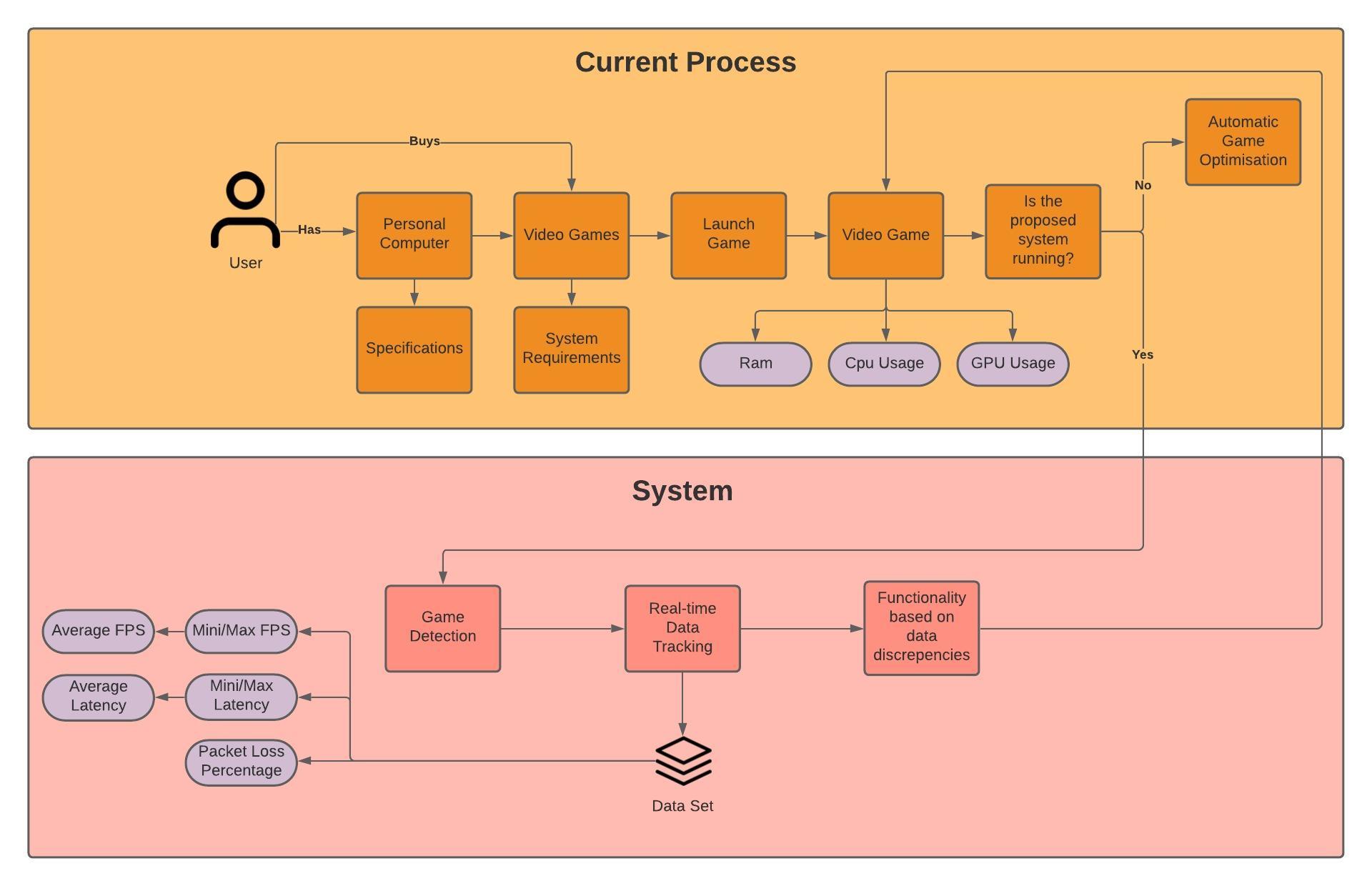In recent years, video games have seen a rise in popularity. This is partly due to the Covid-19 pandemic, which led to persons seeking a new source of entertainment while confined in their home. In light of this, a considerable amount of persons lacking the knowledge of hardware limitations, have filled the void with gaming.
In order that the user be presented with the best experience, the game must be optimised in a way that the system would be able to handle it. This all depends on the system’s specifications and the user’s knowledge on how to use the information presented. Furthermore, gaming technology is always advancing, with technologies such as ray tracing and deep learning super sampling (DLSS), which are being employed in the latest game releases, to increase the user’s immersion at the cost of more processing power. Hence, users who have been avid gamers over a long period of time would also need to optimise their settings to compensate for this issue without the need of upgrading system components.
Due to the technology advancements, namely by the Nvidia and AMD corporations, game optimisation could be achieved by the user to accommodate personal requirements. However, other third-party software that offers data tracking of currently launched applications does not take over and offer assistance on improving the quality of games. Therefore, this leaves an open solution for a system to offer descriptions of statistics, while also taking control over the quality of the game.
This study describes how real-time systems could help gaming by illustrating how real-time data acquisition could benefit the user’s immersion. This serves as the basis on which a system that automatically detects video games running on the system itself and act upon the data generated is being proposed.
The features of the system include real-time tracking of frames per second (FPS), latency (in milliseconds), packet loss and actions based on the gathered data. These actions include notifying the user of frame and audio lag which can lead to desynchronisation, unstable internet connection and guidance to solve these issues. All the previously mentioned functionalities are activated when the system detects reduction in quality in any of the tracked data. Real-time algorithms have been included in the system to offer accurate data and assign deadline constraints. Considering that there are no all-in-one systems such as what is being proposed, functionalities of the system were tested against various other trusted solutions to compare the results.
These comparisons include real-time tracking of each measure (FPS, latency and packet loss), efficiency of data gathering and conciseness of each functionality triggering. An approximation of accuracy was generated, and the conclusions suggest that the solution presented is more effective in helping the user understand the information presented and more accurate at optimising the user’s settings. Furthermore, a general evaluation indicated that systems that did not consider user understandability and usability obtained less traffic. Finally, the performance of the proposed solution compares well with specialised third-party software, with the addition of guidance and deadline constraints to improve the user experience.

Course: B.Sc. IT (Hons.) Software Development
Supervisor: Mr Tony Spiteri Staines
Co-supervisor: Prof. Ernest Cachia
